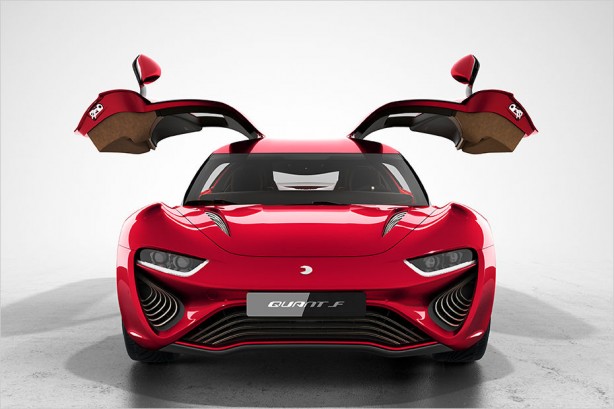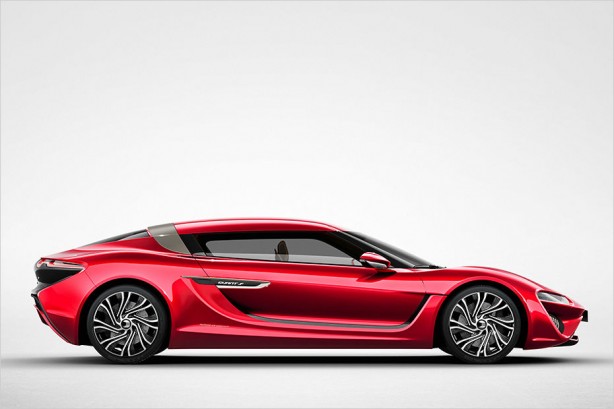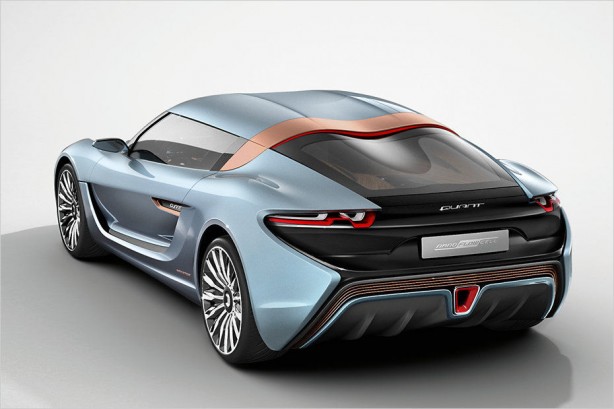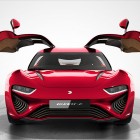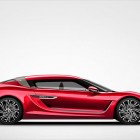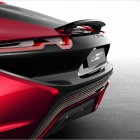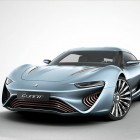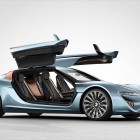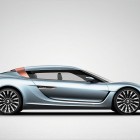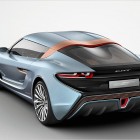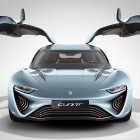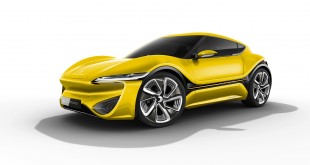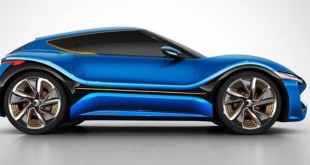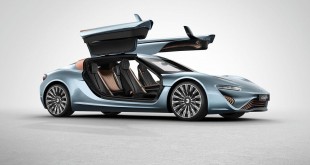Time to move on from Tesla? Meet the QUANT e-Sportlimousine, a new prototype built around the groundbreaking nanoFlowcell powertrain and energy-storage concept.
Think of it as the next big thing from lithium-ion battery-powered electric vehicles, or even fuel-cell technology. NanoFlowcell is a new type of energy storage device. Rather than charging the batteries, you simply replace the spent electrolytes (which can be recharged outside the vehicle) for new, charged fluid. The process is similar in ease and quickness to refueling a gasoline car.
NanoFlowcell envisions a future where gas stations or the like will offer seamless flow cell refueling. Nanoflowcell also says that the used liquid can be recharged and used again. With a full ‘refuel’, the stored energy can drive the vehicle 20-times further than a conventional lead-acid battery and 5-times further than the lithium-ion technology that powers most of today’s electric cars.
Founded in late 2013, nanoFLOWCELL AG is a Research and Development Centre based in Vaduz, Liechtenstein. The focus of nanoFLOWCELL AG’s research is on the advanced development of drive technology and the classification of flow-cell technology.
The concept will make its world debut at the upcoming 2015 Geneva Motor Show, marking a quantum leap in the development of electric mobility. Visually, the QUANT e-Sportlimousine stands out thanks to the elegant lines of its state-of-the-art design.
The QUANT e-Sportlimousine’s two unusually wide gull-wing doors, inspired by eagle wings, cover the complete front and rear seating areas and the car does without a b-pillar altogether. The side window lowers into the gull-wing door faster at the front than at the rear.
Can it beat a Tesla in a drag race? Nanoflowcell lists a 2.8-second 0-62 mph (100 km/h) time and a potential 236 mph (380 km/h) top speed, thanks to individually electric-motor-driven wheels with a combined output of 921hp (687kW).
 ForceGT.com Car News, Car Reviews, Video Reviews, Tuning and much more.
ForceGT.com Car News, Car Reviews, Video Reviews, Tuning and much more. 